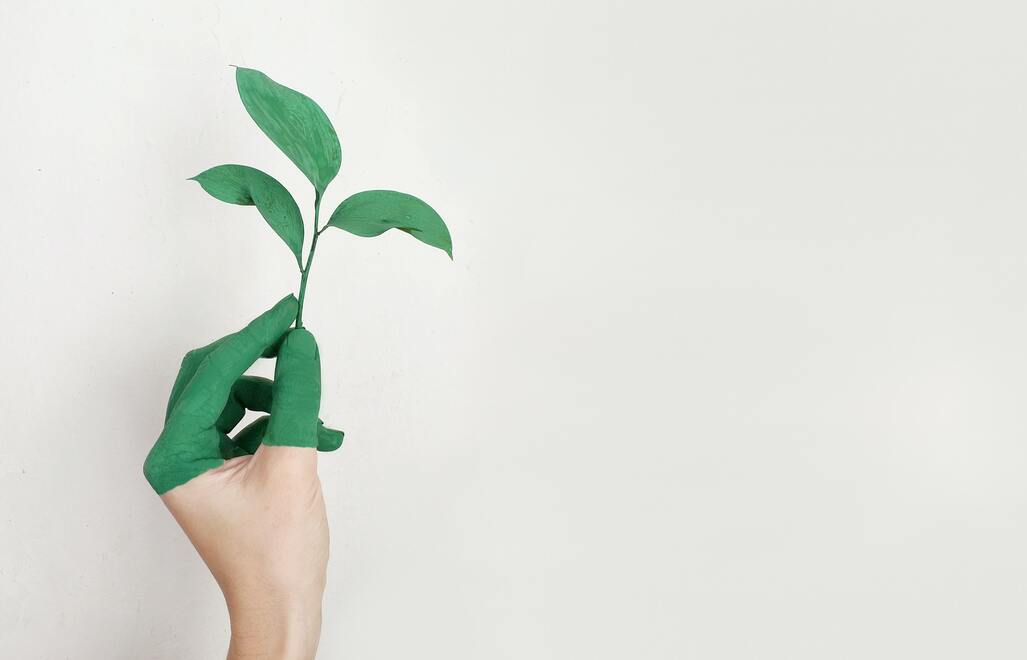As climate change is worsening, Asia-Pacific Economic Cooperation’s (APEC) member economies can consider policy approaches to realize a sustainable future inspired by the bio-circular-green (BCG) economy, including fostering foreign linkages among firms to facilitate technological diffusion, a new policy brief by the APEC Policy Support Unit said.
Sylwyn Calizo Jr., a researcher at the APEC Policy Support Unit and author of the policy brief “Charting New Pathways for APEC: A Sustainable Future Inspired by the Bio-Circular-Green (BCG) Economy”, said BCG economy integrates policies across the bioeconomy, the circular economy, and the green economy. By doing so, BCG economy solutions synergize the individual strengths of all three.
He said enacting policies that foster foreign linkages among firms will be useful for BCG economy solutions, especially for sectors with relatively low environmental technology diffusion rates –transport and mobility; and agriculture, food, and hospitality.
Citing earlier papers, Calizo said foreign linkages, such as foreign direct investment (FDI) and international trade, have been empirically observed to inspire product and process innovation, horizontal (within industry), and vertical (backward or upstream) technology spillovers, and technology transfers among firms.
He said foreign linkages also have the ability to provide access to the right technologies and to promote cooperation and coordination among firms.
Relaxing restrictions to FDI, such as market entry, ownership, and local content requirements, can be an important step to fostering these foreign linkages, Calizo said.
“Another key policy is to provide the necessary IPR (intellectual property rights) to strike a balance between protecting innovations and facilitating technology transfers. Of course, this should be done together with proper enforcement practices,” he added.
As compliance to IPR regulations could be costly, Calizo said regulators should be sensitive to domestic capacity to facilitate and to absorb innovations as technology diffusion will have “little impact” when those who need to receive it have insufficient financial and technical capacity to utilize those technologies.
Apart from this policy approach, Calizo also underscored the need for economies to provide investment opportunities to expand the renewable energy sector and niche markets, such as electric vehicles.
He said expansion can also be done by supporting startups through encouraging investments in strategically-located labs with access to fabrication devices.
Calizo identified other policy approaches to achieve sustainable growth through adopting the BCG economy model, including strengthening institutions through good governance and sound regulatory instruments, promoting practice-based participation to gain local community support, and supporting the expansion of BCG economy solutions in APEC.
He said policymakers can support key drivers –the regulatory environment, technology and innovation, and stakeholder participation–by addressing challenges.
Calizo said regulations on environmental services tend to be implemented by multiple agencies but without a clear coordinating strategy to prevent sectoral silos.
“What the BCG Economy can do is to strengthen institutions by promoting good governance. This could take the form of regular channels for coordination and idea-sharing across agencies, an economy-wide coordinating strategy, or sound regulatory instruments such as carbon budgeting and ex-ante environmental impact assessments, among others,” he added.
Source: PHILEXPORT News and Features
November 14, 2022













